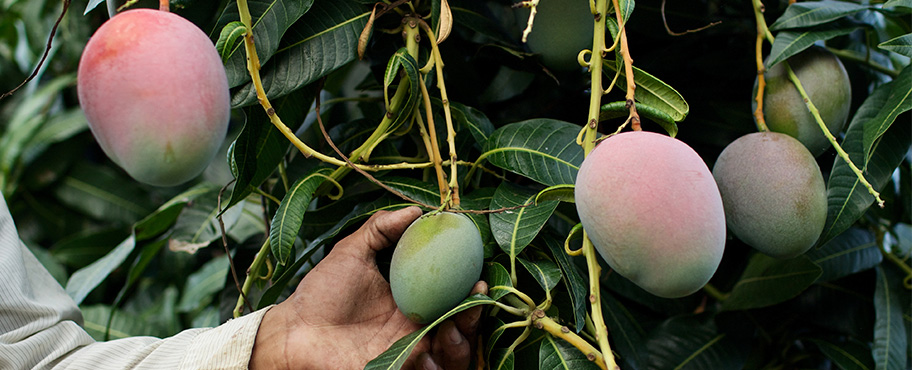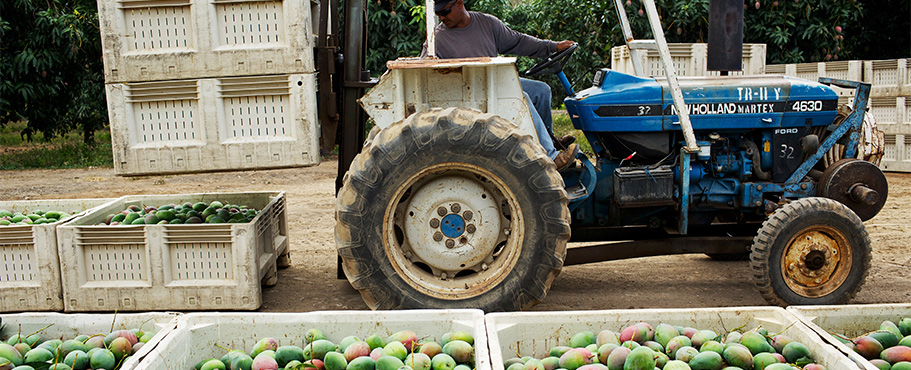The Amazing Mango Tree
Mangifera Indica
The amazing mango tree (Mangifera Indica) is much more than just a source of mangos. It’s a beautiful, living thing that gives back so much to the planet and the people who tend it.
Where do mango trees grow?
The mango tree growing zone is limited to tropical climates. Extended exposure to temperatures below 30°F can kill or severely damage a mango tree, as mango tree cold tolerance is low. So, in the U.S. the mango tree growing zones are the southernmost portions of Florida and California plus Hawaii and Puerto Rico. Fortunately, while mango tree cold tolerance isn’t one of its strong suits, mangos are cultivated in mango tree growing zones all around the globe and Americans can enjoy the delicious fruit year-round.

How fast do mango trees grow?
A mango tree can grow fairly quickly and quite large, reaching a height of 100 feet or more with a canopy of 35 feet or more. Of course, mango tree growth rate, mango tree growth stages and mango tree height vary based on soil and weather conditions.
The average mango tree height for those in cultivation is generally much shorter, as this makes for a more manageable harvest. But these trees shouldn’t be confused with dwarf mango trees. Dwarf mango tree varieties have naturally small to medium-size trees.
The large leaves of a mango tree are leathery, 5 to 16 inches in length, and remain on the tree for a year or more. Flowers are produced in terminal panicles or clusters 4 to 16 inches long. Each flower is small with white petals and a mild sweet aroma. The flowers are pollinated by insects and less than 1 percent of the flowers will mature to form fruit. A mango fruit tree in full flower in the optimal mango tree growing zone is a beautiful sight indeed.
Certain mangos on each tree will receive more sunlight than others, with some fruit staying shaded within the tree’s canopy. In certain varieties, the mangos that receive the most sunlight will develop a red blush at the stem end. This red blush is not an indicator of maturity, quality or ripeness.
Mango tree growth stages
In terms of mango tree growth stages, it takes approximately four months for the mangos to mature on the tree before they’re ready for harvest. During that time, the fruit-laden branches of the mango tree may bow under the weight of the developing mangos. Each fruit is harvested by hand, providing jobs for local workers and a safe passage to the packinghouse for the mangos.
Another important piece of mango tree information is that its growth causes a process called carbon sequestration or carbon uptake. The tree absorbs carbon dioxide from the environment in mango tree climate zones around the world, using it to form the trunk, branches, leaves and fruit of the mango tree. The tree produces oxygen and releases it into the environment during this process.


Meanwhile, the process of growing, harvesting and transporting the mangos to the retailer in the U.S. generates greenhouse gases that are released into the environment.
The mango tree produces the delicious mango fruit, while absorbing carbon dioxide, producing oxygen and supporting the livelihoods of thousands of workers. It really is the amazing mango tree.
